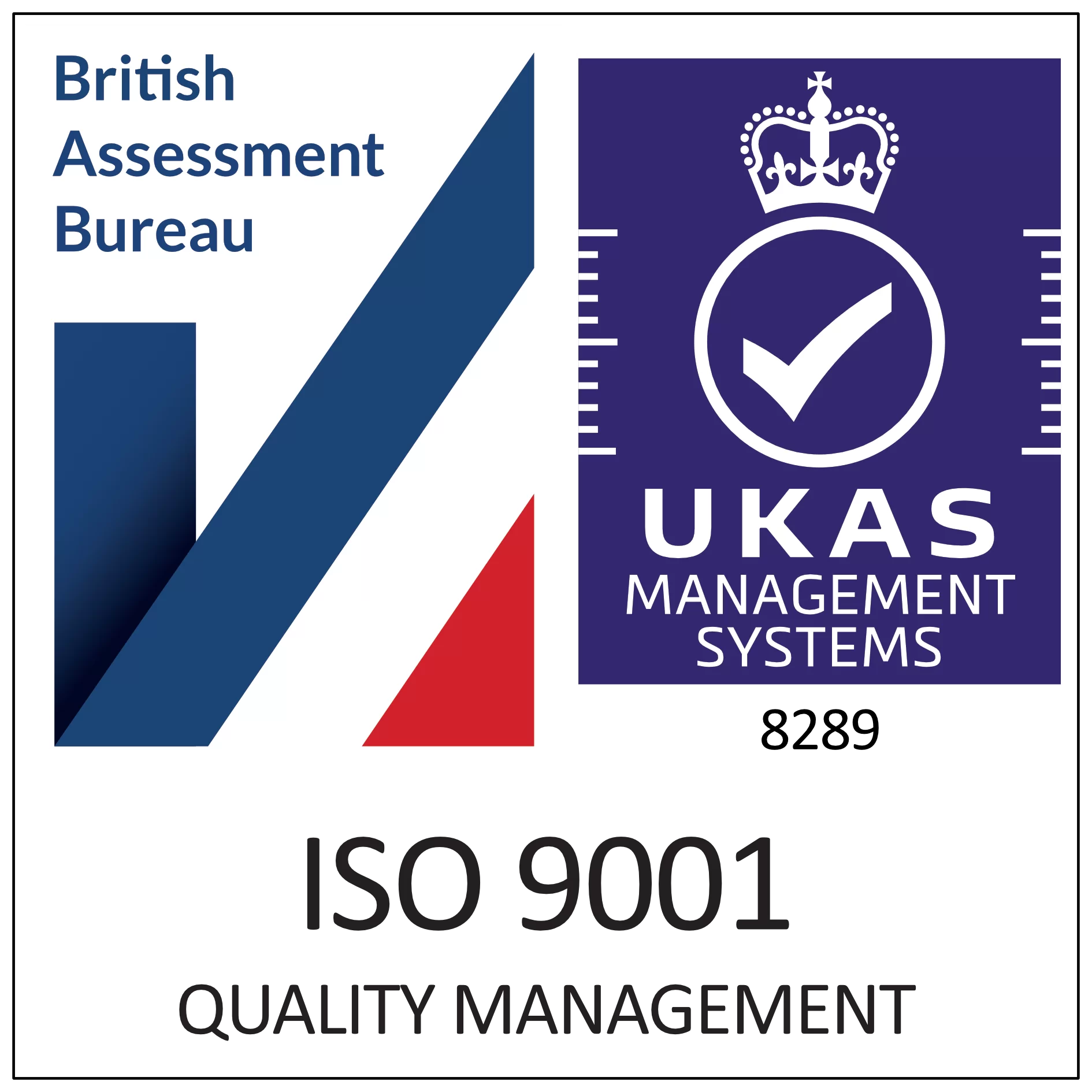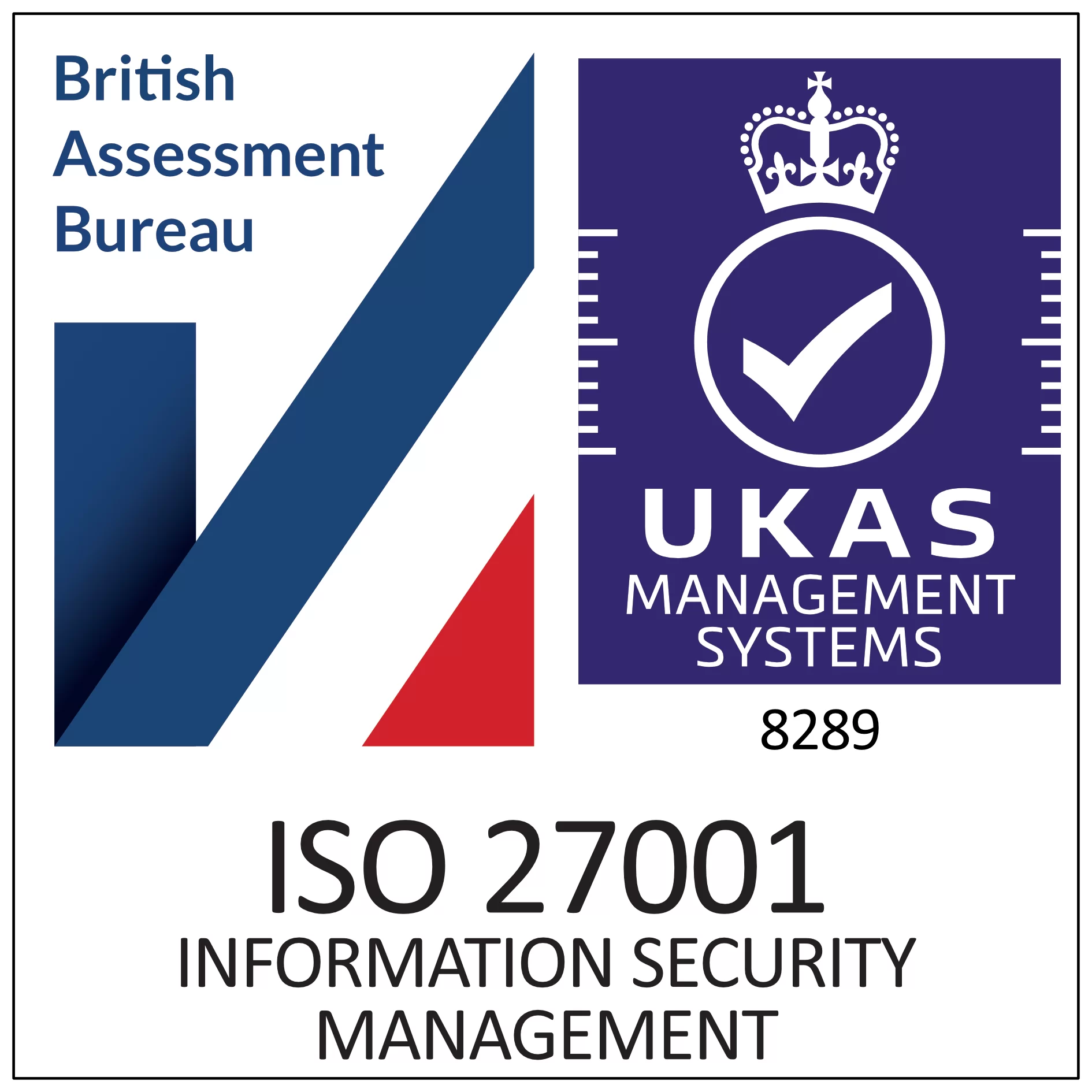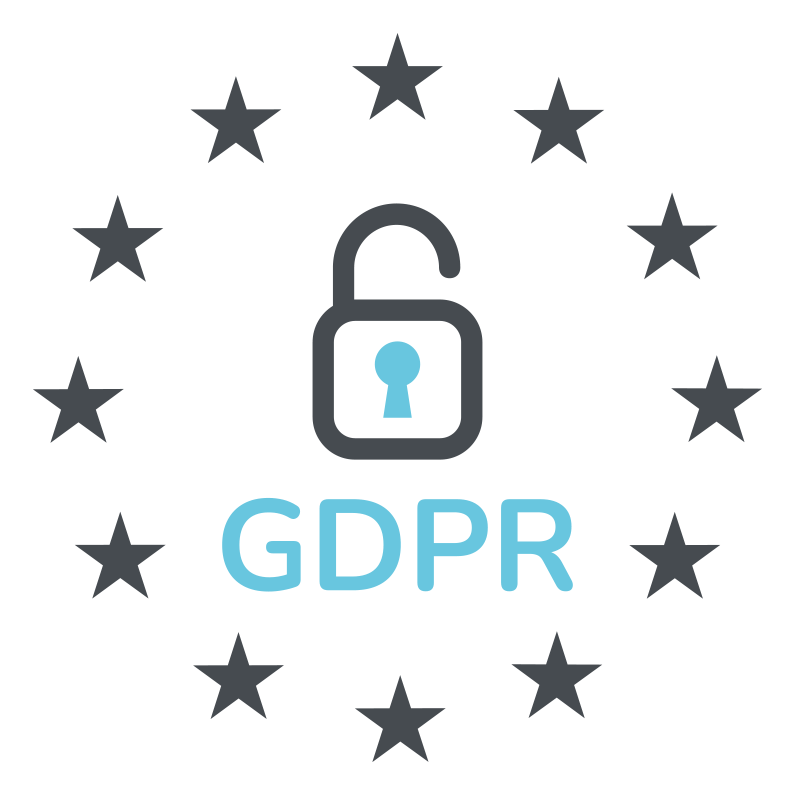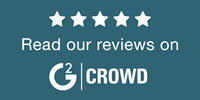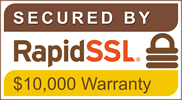Home | News & Insights |
10 Best Sales Tips to Boost Your Closing Rate (Backed by Experience)
PUBLISHED
11th June, 2025
Contents
Sales can feel like an uphill climb—especially when prospects ghost you, budgets shrink, or objections start piling up. But the truth is: successful sales is a learnable skill. With the right approach, mindset, and strategy, you can consistently close deals and build long-term customer relationships.
Here are the 10 most effective sales tips every professional should master—whether you’re selling tech, services, or something in between.
1. Know Your Product Inside and Out
If you can’t confidently speak about what you’re selling, your prospect will sense it instantly. Product knowledge isn’t just about reciting features—it’s about understanding how your product solves real problems.
Here’s how to deepen your product knowledge:
- Sit with the product team to understand how the product works.
- Use the product yourself so you can speak from experience.
- Know the limitations of your offering—it builds credibility when you’re transparent.
Example:
Imagine you’re selling a social media scheduling tool. Instead of saying, “It posts automatically,” say:
“You can schedule a week’s worth of content in under 30 minutes. Most of our clients cut down content time by 70%.”
2. Understand Your Ideal Customer
One of the biggest mistakes sales reps make is pitching to the wrong people—or pitching the wrong things to the right people. You need to understand your buyer personas inside and out.
Steps to clarify your ideal customer:
- Define their job title, industry, company size, and pain points.
- Study past customers—who converts fastest and stays longest?
- Keep up with their industry trends and language.
Example: If you’re selling HR software, don’t just target “any HR team.” Target “HR managers at mid-sized tech companies struggling with remote onboarding.”
The more specific you get, the more persuasive you become.
3. Lead with Questions, Not a Pitch
Too many salespeople launch straight into their pitch before understanding the client’s needs. That’s a quick way to lose trust.
Instead, ask open-ended, discovery questions like:
- “What’s the biggest bottleneck in your current process?”
- “What are your growth goals this quarter?”
- “What would success look like to you in 6 months?”
These questions show that you’re focused on them, not your commission.
Bonus: Take notes while they speak—it shows active listening and gives you material to tailor your pitch later in the conversation.
4. Sell the Outcome, Not the Features
Customers don’t want features. They want results.
Transform your messaging like this:
- Instead of: “Our app has real-time data dashboards.”
- Say: “With real-time dashboards, your team can catch performance issues before they snowball—saving you both time and revenue.”
Exercise: Take the top 3 features of your product and rewrite them as outcomes.
By doing this, you shift the conversation from what your product is to why it matters.
5. Build Trust with Social Proof
Prospects want to know: “Has this worked for someone like me?”
Types of social proof you can use:
- Customer testimonials (written or video)
- Case studies
- Logos of well-known clients
- Third-party reviews (Trustpilot, G2, etc.)
- Metrics like: “Over 20,000 users worldwide”
Tip: Don’t wait until the end of your pitch to mention social proof. Drop it in early and often to build confidence as you go.
Example:“Actually, a company similar to yours recently reduced their churn by 35% using our onboarding solution.”
6. Master the Follow-Up Game
Most sales are lost simply because the salesperson gives up too soon. In fact, 80% of sales require at least 5 follow-ups, yet the majority of reps stop after 2.
Ways to follow up without being annoying:
- Share valuable content (case studies, white papers, blog posts)
- Reference something personal from the last call
- Ask specific questions: “Have you had a chance to review the proposal?”
Best practice: Set a follow-up schedule in your CRM with reminders and notes. Consistency beats spontaneity.
7. Handle Objections with Empathy
Objections are not personal—they’re a sign the buyer is engaged. Instead of getting defensive, treat objections as signals of interest that need clarity.
Common objections and how to respond:
“It’s too expensive.”
➤ “Can we walk through what success would look like and calculate the potential ROI together?”
“I need to check with my team.”
➤ “Totally understand. What concerns do you think they might raise, so we can address them now?”
Golden Rule: Pause, listen, validate their concern, then respond. Never bulldoze through.
8. Use Storytelling to Sell
People remember stories, Storytelling makes your pitch relatable, emotional, and memorable.
Structure of a good customer story:
- The problem: “They were struggling with…”
- The solution: “They started using our tool to…”
- The result: “In 3 months, they saw…”
Example:
One of our clients, a growing digital marketing agency, was constantly delayed by printing, scanning, and chasing signatures. After switching to eSignature solutions, they reduced their contract turnaround time by 80% and onboarded two new clients in the same week—simply by speeding up their signing process
This beats a PowerPoint slide every time.
9. Ask for the Close—Don’t Dance Around It
Many sales reps lose deals not because the buyer said “no,” but because they never asked for a “yes.”
Once you’ve had a strong discovery call, aligned on needs, and addressed concerns—ask to move forward.
Here are a few non-pushy closing lines:
- “Would you like to take the next step?”
- “Shall I send over the agreement so you can review it?”
- “Can I get you started on the onboarding schedule?”
Need a sales contract to seal the deal?
Check out this free, professionally drafted Sales Commission Agreement Template— perfect for formalising your deal in minutes.
Want to close faster?
Use our highly secure and trusted electronic signature platform to get your agreements signed quickly, securely, and from anywhere. It’s one of the simplest ways to remove friction from the final step of your sales process.
10. Keep Learning and Adapting
Sales is not static. The best reps are lifelong learners. They review their calls, study new techniques, and constantly look for ways to sharpen their skills.
Ways to keep improving:
- Listen to sales podcasts
- Read sales advice books
- Roleplay with teammates to improve objection handling
- Study your best (and worst) calls to see what works
Remember: Sales isn’t just about talent—it’s about repetition, reflection, and refinement.
Final Thoughts
If you remember one thing, let it be this: Sales isn’t about convincing—it’s about helping.
Help your prospects make confident decisions. Help them reach their goals. Help them solve real problems.
Master these 10 sales tips, and you won’t just close more deals—you’ll build a career defined by value, trust, and results.
 Facebook
Facebook
 X (Twitter)
X (Twitter)
 LinkedIn
LinkedIn


